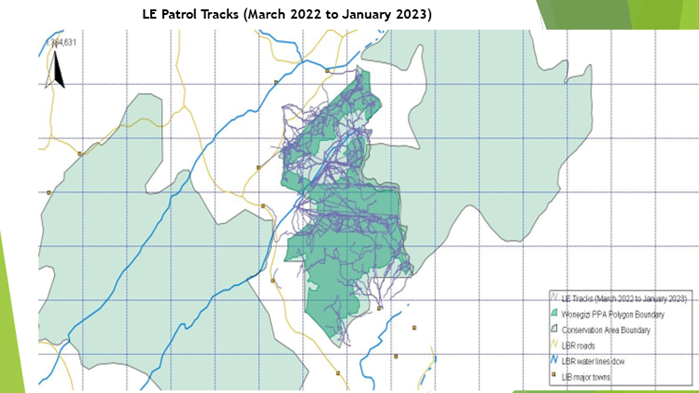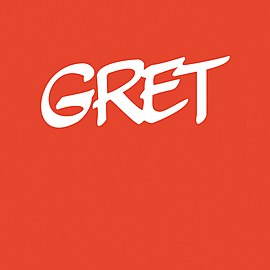Stretching across the border between Guinea and Liberia, the Wologizi-Wonegizi-Ziama (WWZ) landscape is part of a chain of forest blocks stretching from Ziama in Guinea through Wonegizi and the Wologizi chain to Foya and the Gola forest in Liberia and Sierra Leone.
With its world-renowned biodiversity and vocation as an ecological corridor, WWZ represents one of the few viable and intact habitats for the African forest elephant (Loxodonta cyclotis), the western chimpanzee (Pan troglodytes verus), and the pygmy hippopotamus (Choeropsis liberiensis), three critically endangered species.
The landscape’s plants and soil biomass contain large stocks of carbon, playing a very important role in regulating the climate.
The WWZ landscape offers a mosaic of highly varied habitats, with altitudes ranging from 300 to 1440 m.
For more information:
- https://www.papfor.org/IMG/pdf/fiche_papfor-wwz_eng_-_maj_2024_-_09.pdf
- https://www.papfor.org/Community-engagement
- https://www.papfor.org/Development-and-support-to-sustainable-livelihoods-and-markets
- https://www.papfor.org/Support-for-protected-areas-co-management-and-transboundary-collaboration
- https://www.papfor.org/The-Ziama-Biosphere-Reserve


![AGIL training workshop in Sérédou, December 2023]](local/cache-vignettes/L400xH262/session_de_formation_d_agil_a_se_re_dou_de_cembre_2023-04430.png?1743241474)











